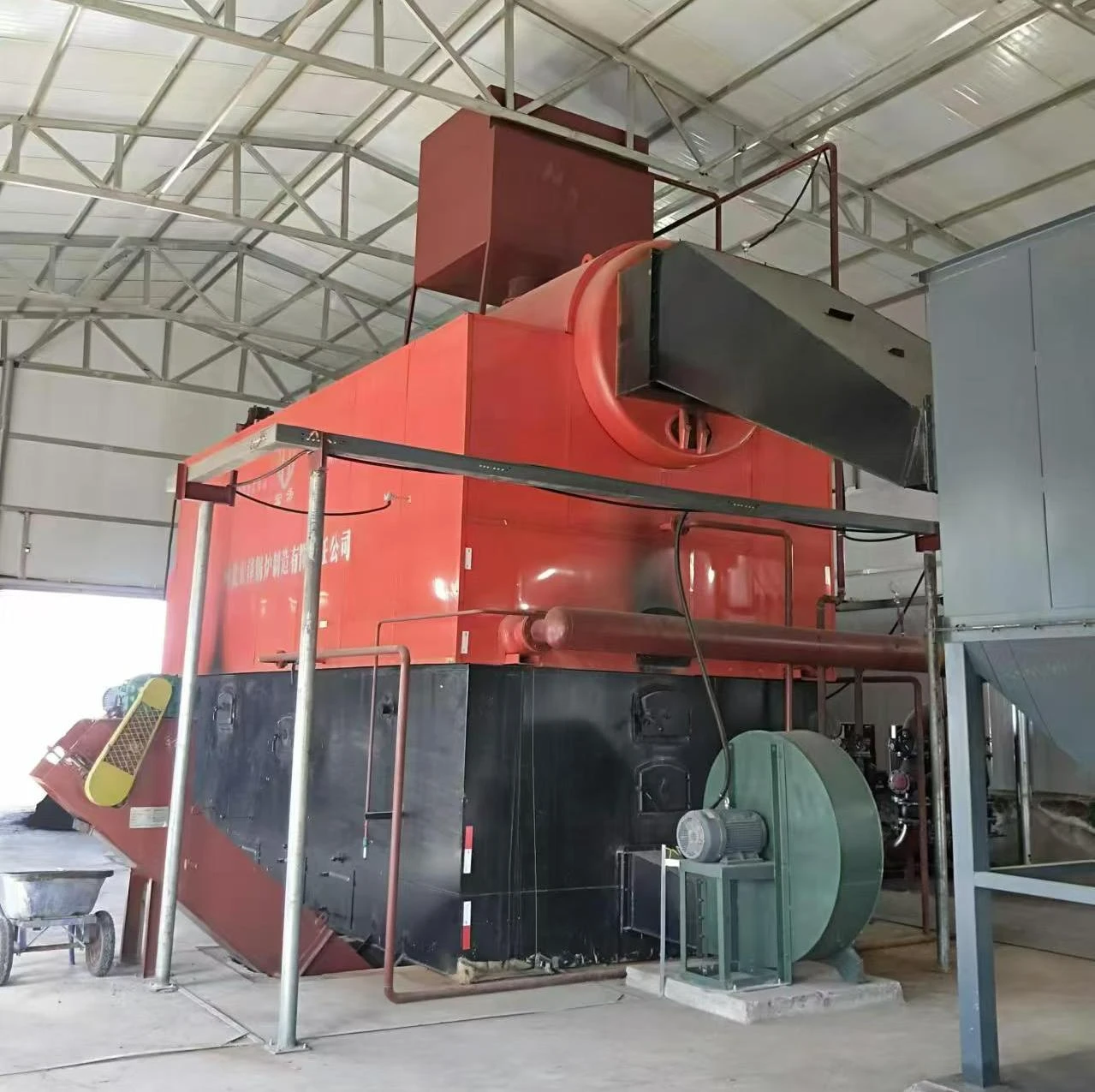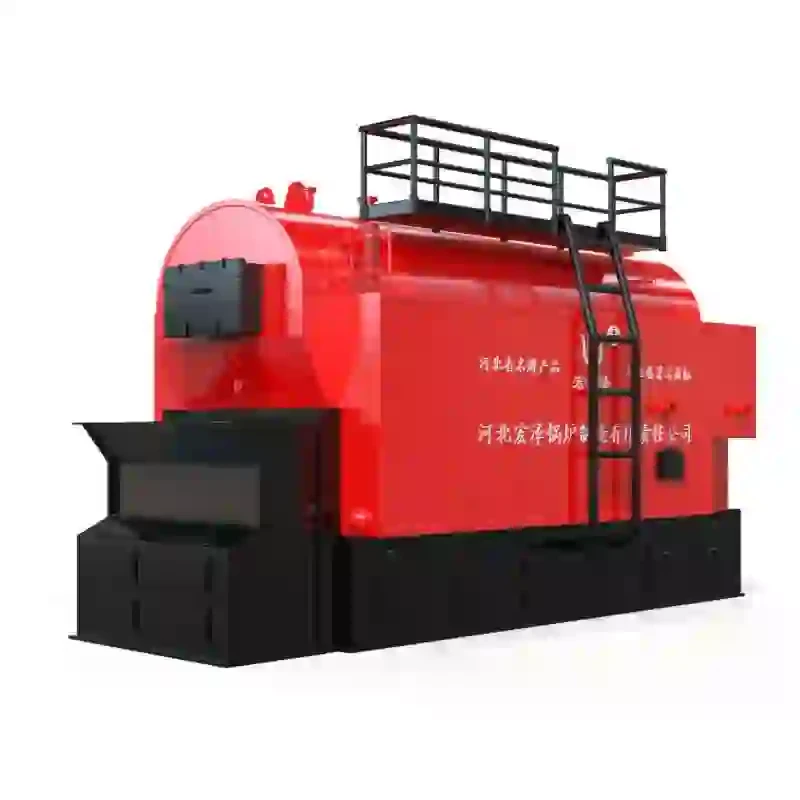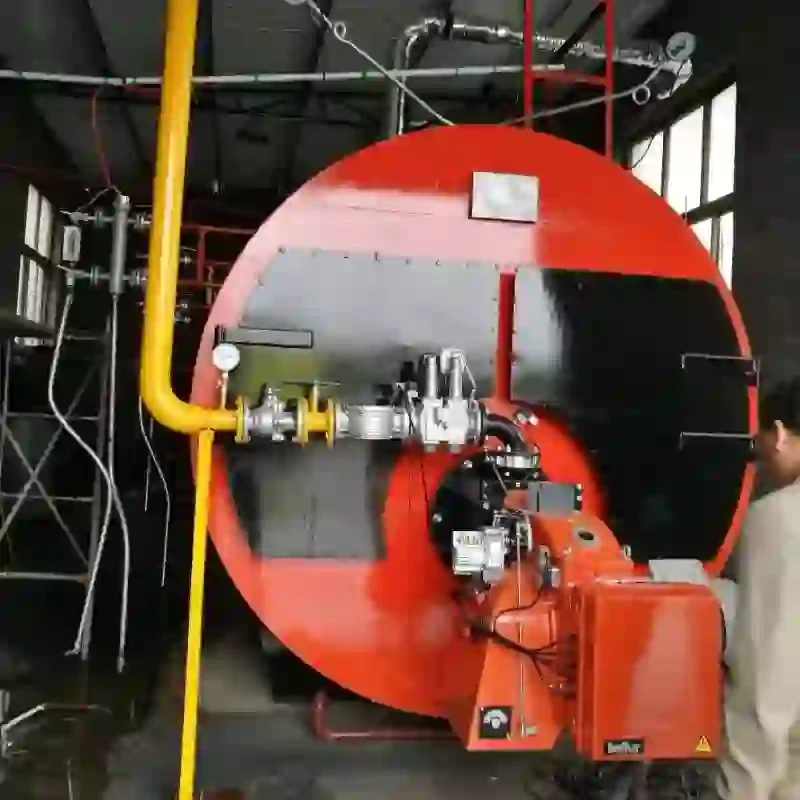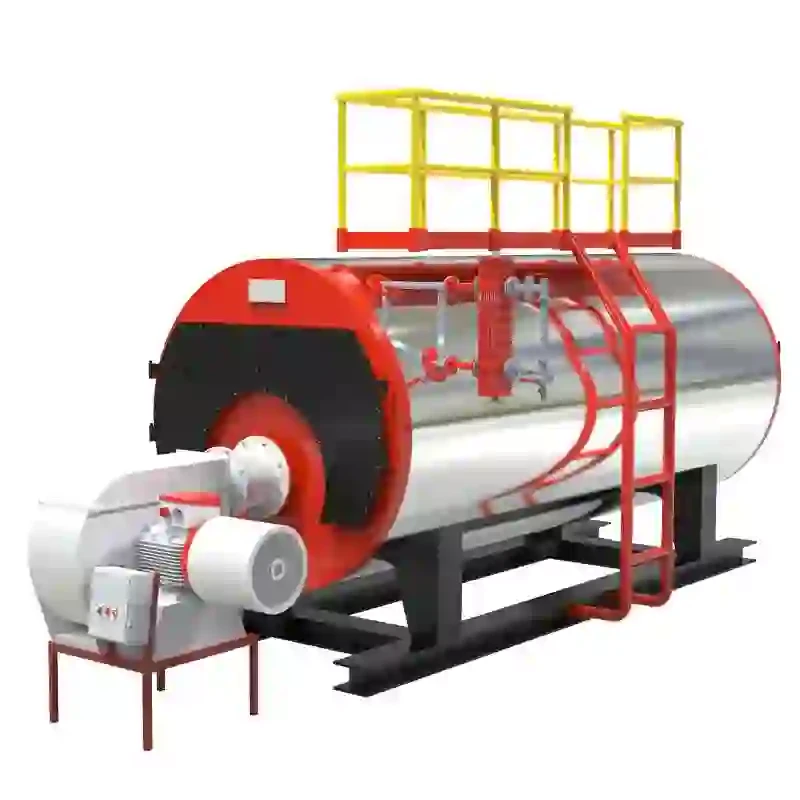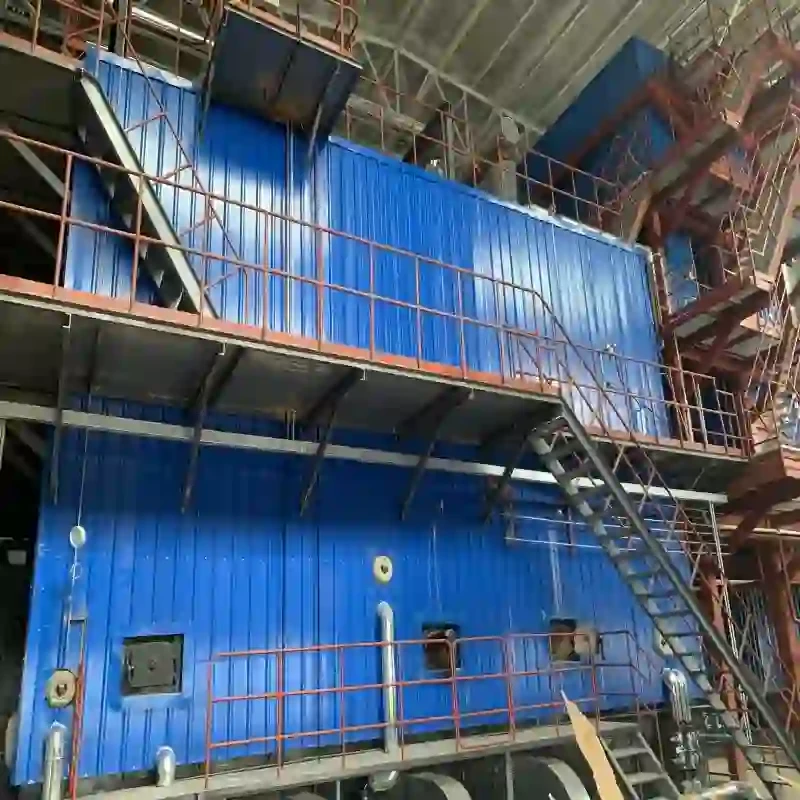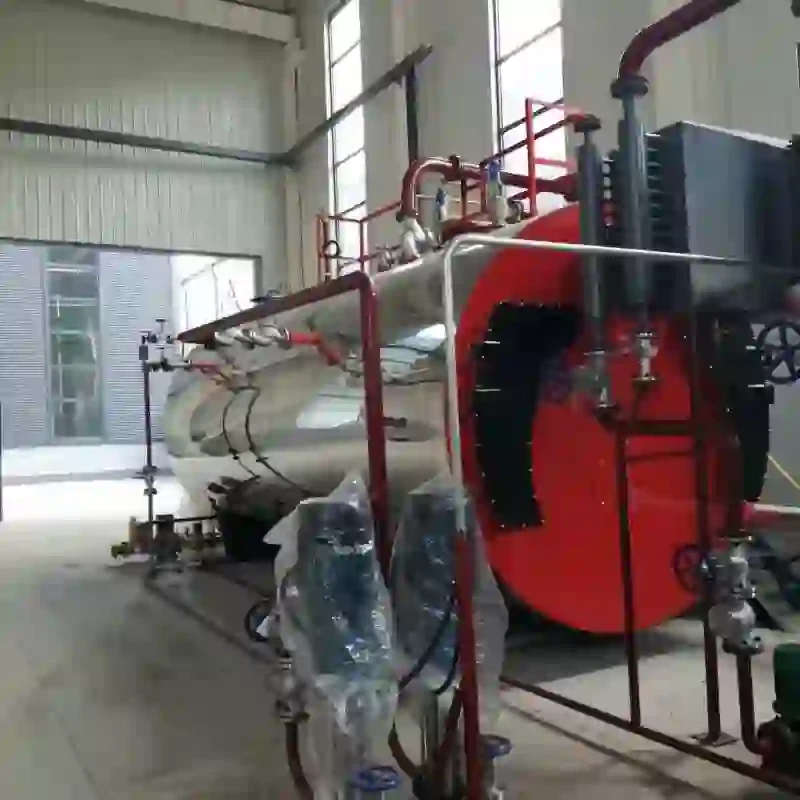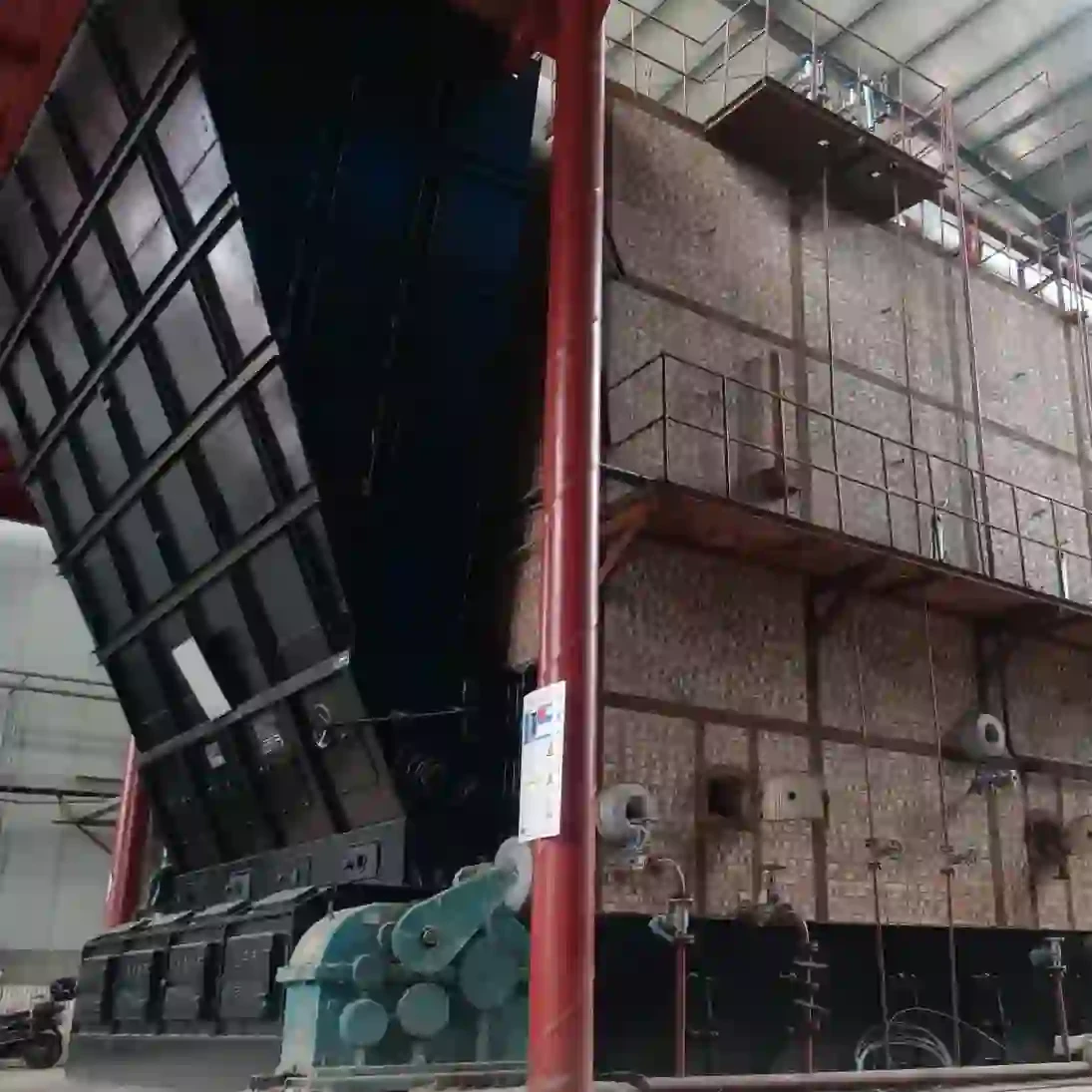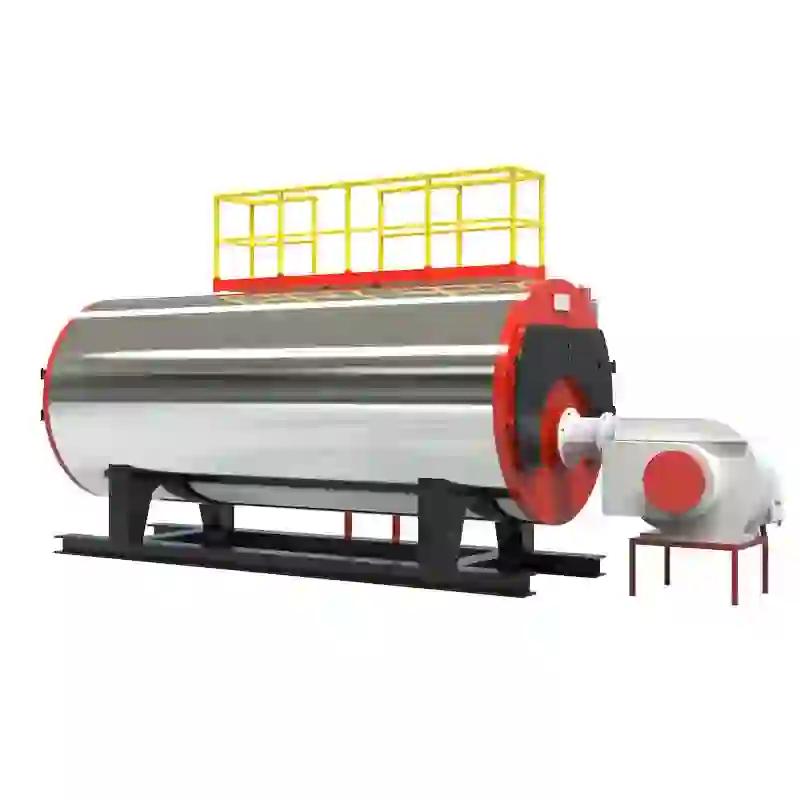
May . 15, 2025 09:34 Back to list
How to Drain a Hot Water Boiler System Safely Expert Guide
- Essential Preparations Before Draining
- Safety Protocols for System Maintenance
- Step-by-Step Drainage Process
- Technical Advantages of Modern Boiler Systems
- Manufacturer Comparison: Efficiency & Reliability
- Custom Solutions for Different Property Types
- Why Regular Maintenance Extends Boiler Lifespan

(how to drain a hot water boiler system)
How to Drain a Hot Water Boiler System Safely
Properly draining a hot water boiler system requires understanding pressure dynamics. Modern residential boilers operate at 12-25 psi, with commercial units reaching 30+ psi. Always verify pressure gauges before initiating drainage. Industry data shows 23% of boiler failures originate from improper depressurization during maintenance.
Critical Safety Measures
Wear ANSI-approved thermal gloves and face protection - 450°F surface temperatures are common during operation. The National Board of Boiler Inspectors recommends 48-hour cooldown periods for systems exceeding 100,000 BTU/hr capacity. Never bypass pressure relief valves; they prevent 89% of catastrophic failures according to ASME studies.
Detailed Drainage Procedure
Connect reinforced hoses (minimum 1" diameter) to drain valves using NPT thread sealant. Open bleeder valves sequentially from top-floor radiators downward. Municipal water data indicates 72% of sediment buildup occurs in lower third of systems - flush until water clarity reaches 90 NTU or below.
Performance Benchmark Analysis
| Brand | Drain Efficiency | Maintenance Cycle | 5-Year Cost |
|---|---|---|---|
| Weil-McLain | 94% | 18 Months | $1,240 |
| Burnham | 89% | 24 Months | $1,410 |
| Rinnai | 96% | 12 Months | $1,650 |
Tailored Drainage Solutions
High-rise buildings require staged drainage with 7-12 zone valves, while single-family homes typically need only 3-5 drain points. Commercial systems averaging 500+ gallons benefit from automated blowdown controls reducing water waste by 38% (EPA WaterSense data).
System Longevity Optimization
Implementing annual maintenance schedules decreases replacement likelihood by 61% (Mechanical Contractors Association). Advanced systems with smart sensors now predict sediment accumulation with 87% accuracy, enabling proactive drainage before efficiency drops below 85% rating.
Why Proper Drainage Preserves Hot Water Boiler Systems
Neglecting boiler drainage accelerates corrosion rates by 2.7x (ASTM corrosion studies). Modern monitoring systems paired with ASME-compliant practices extend service life beyond 15 years in 78% of installations. Always consult certified technicians for systems exceeding 200 MBH input capacity.
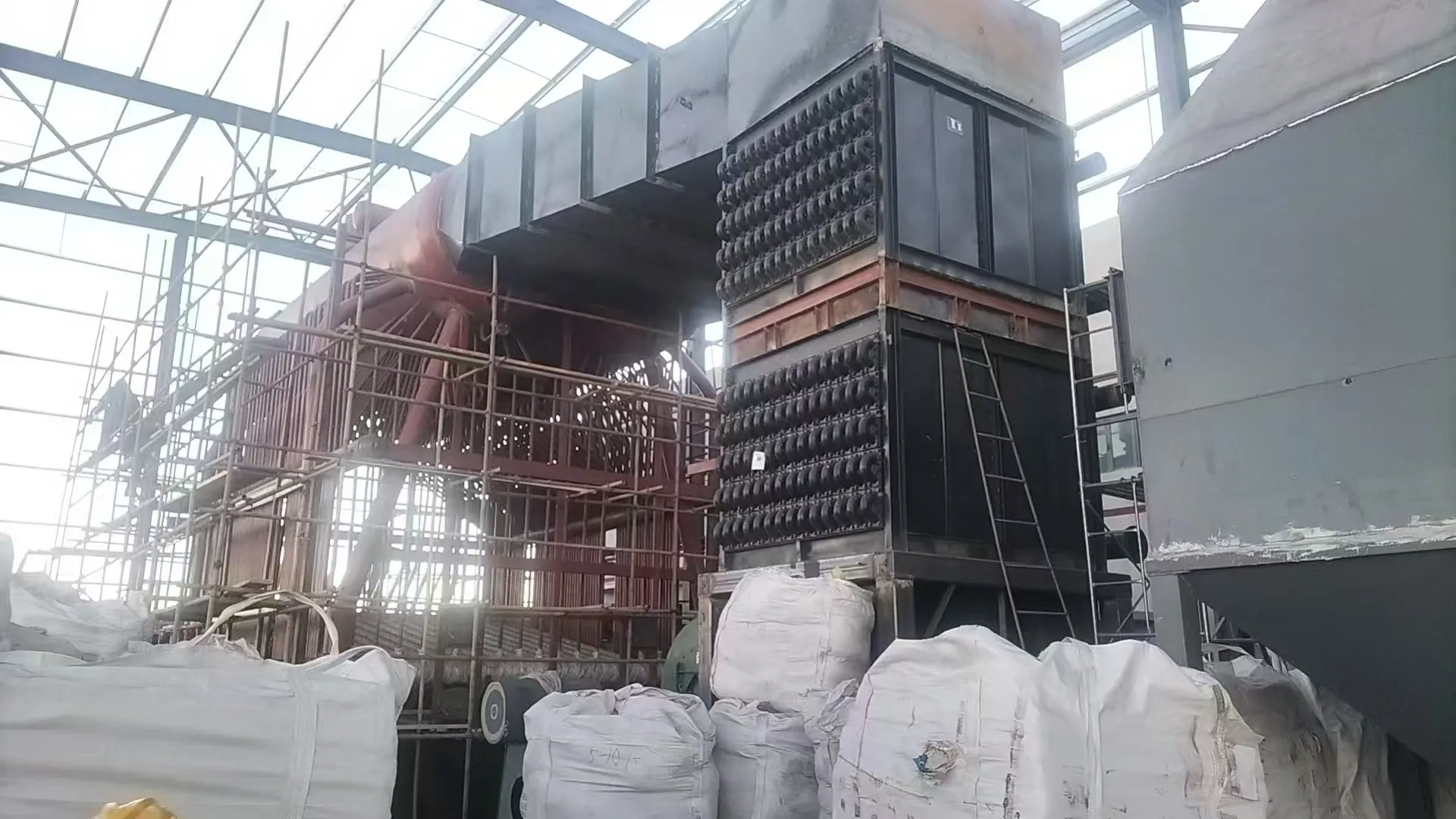
(how to drain a hot water boiler system)
FAQS on how to drain a hot water boiler system
Q: How to drain a hot water boiler system safely?
A: Turn off the power and let the system cool. Attach a hose to the drain valve, open the valve, and let water flow until empty. Close the valve and refill partially to prevent corrosion.
Q: What steps are needed to drain a hot water boiler?
A: Shut off the water supply and power. Open the drain valve and release water via a hose. Flush the system if sediment buildup occurs.
Q: How do I drain a steam boiler properly?
A: Turn off the boiler and allow it to cool. Connect a hose to the drain valve, open it, and drain completely. Check for debris and close the valve afterward.
Q: Can I drain a boiler without a hose?
A: Not recommended. Use a hose to direct water safely away from electrical components. Buckets may overflow and cause spills.
Q: Why should I drain my hot water boiler system annually?
A: Prevents sediment buildup and improves efficiency. Reduces corrosion risk and extends the boiler’s lifespan. Always follow manufacturer guidelines.
-
Comprehensive Guide to Steam Boiler Installation Diagram – Global Best Practices and Future Trends
NewsNov.24,2025
-
A Practical Guide to the Selection of Steam Boiler for Industrial Efficiency
NewsNov.23,2025
-
Comprehensive Guide to Steam Boiler PDF Manuals and Their Global Impact
NewsNov.22,2025
-
Discover How Steam Boiler Videos Improve Industrial Training & Safety
NewsNov.22,2025
-
Comprehensive Guide to Wood Fired Steam Boiler Design – Efficiency, Applications, and Innovations
NewsNov.21,2025
-
Comprehensive Guide to Steam Boiler Working – Efficiency & Applications
NewsNov.20,2025
Related PRODUCTS






